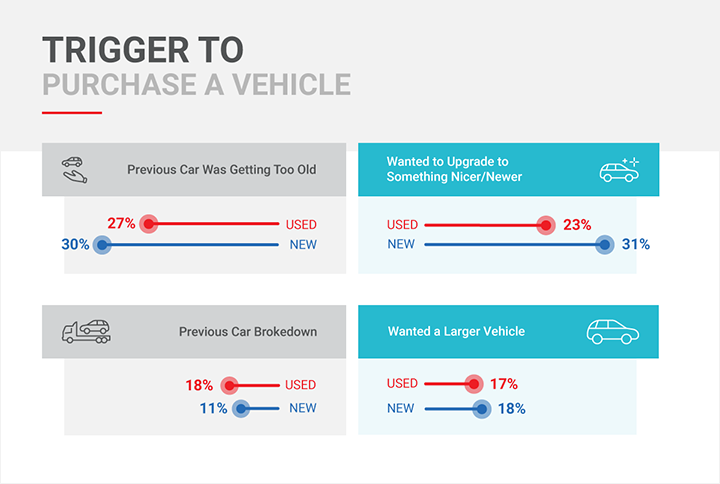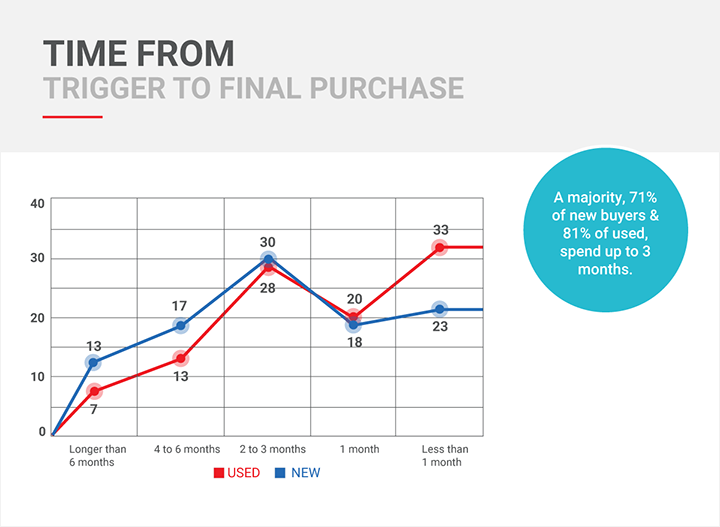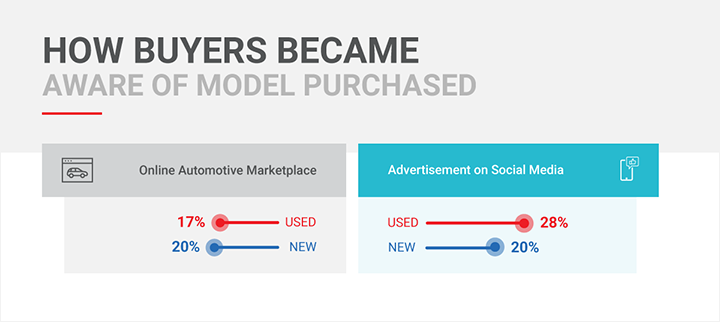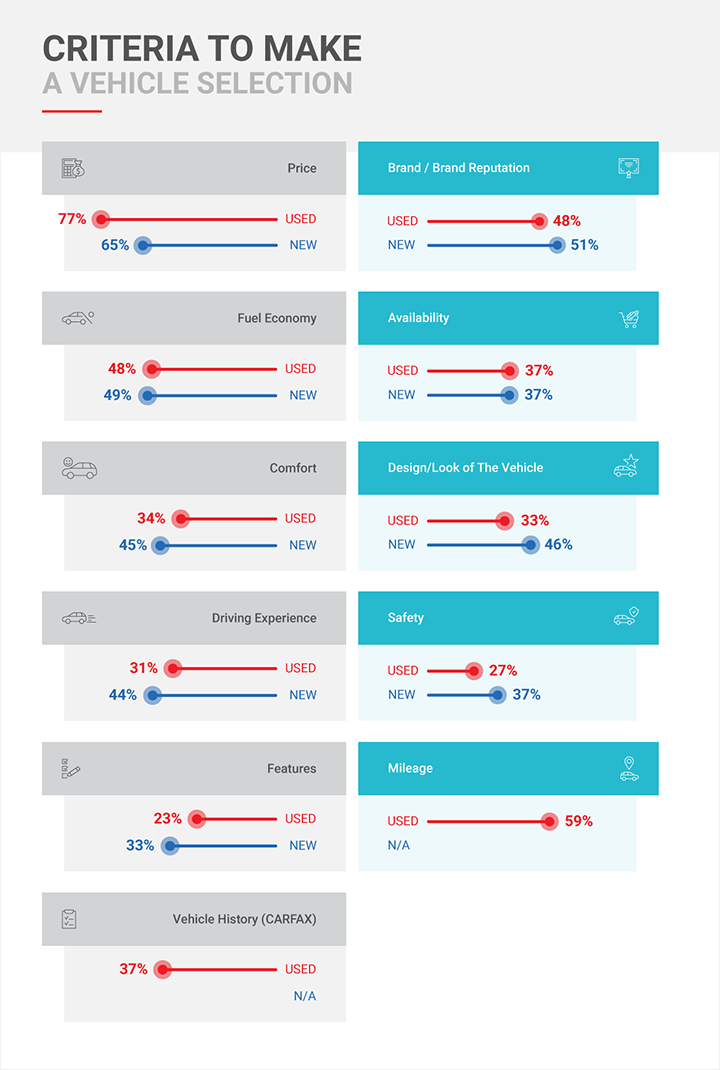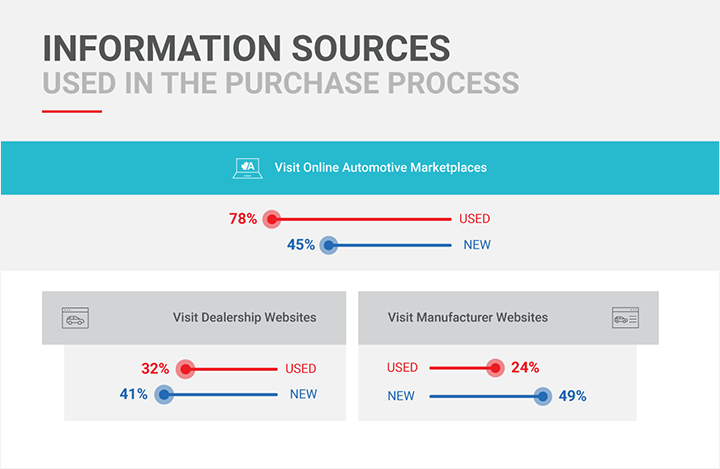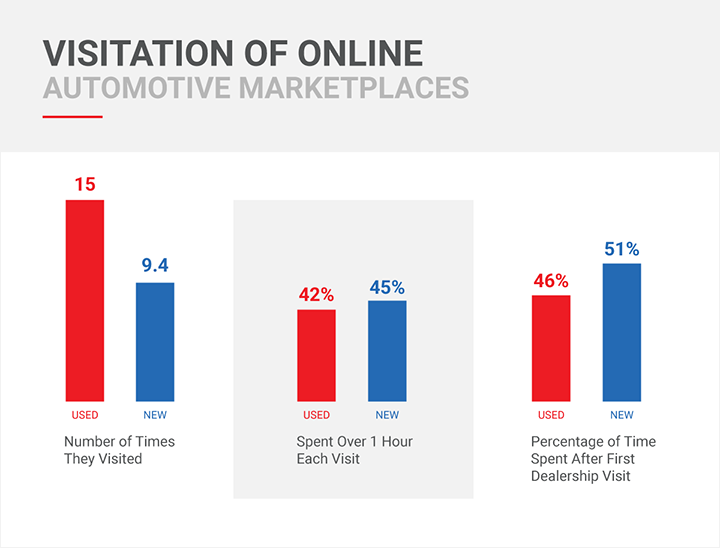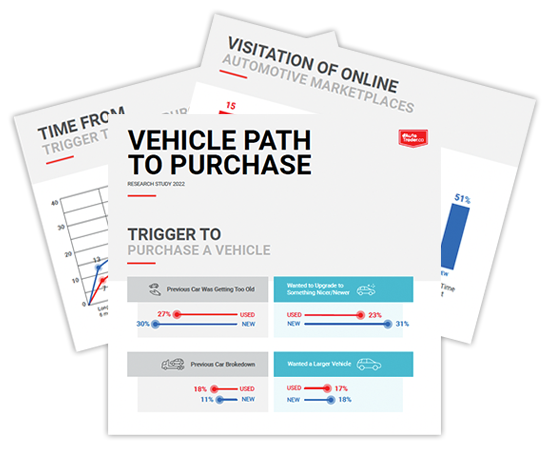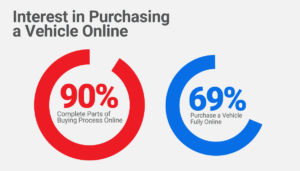Car shoppers follow a path throughout their buying journey, but consumer research shows that, alike most aspects of modern society, over time, this purchase journey evolves, looking distinctly different from the one that’s traditionally been taken. By keeping these pivots in trends to vehicle purchase behaviours top of mind, you can tailor your strategy to reach more consumers while they shop and provide an experience that better aligns to their expectation set.
AutoTrader’s most recent Vehicle Path to Purchase study uncovered that the top triggers for purchase consideration are a vehicle that’s getting too old or a desire to upgrade to something newer or nicer. Results also suggested consumers are open to holding on to their current vehicles slightly longer. Those who say they purchased because their previous car is getting too old, has declined as a used vehicle purchase trigger, while fewer are buying a new vehicle because they want to upgrade.
